More and more anglers now see carp as a noble, worthy and challenging target. In Don't Try to Trout Fish for Carp, we highlighted the important differences between fly fishing for trout and fly fishing for carp, which serve as a useful tool for making the leap from chasing trout to chasing carp. But, there's a lot more to know. Whether or not you're new to fly fishing for carp, the additional tips that follow will help up your chances for success when targeting carp with the fly.

Watch and Learn
Take the time to observe carp behavior. Watch for a while. Become familiar with their tendencies. Carp have a lot of different behavior patterns that can help you decide which fish are worth fishing for. Here are some clues:
- Fish splashing around on the surface - indicates spawners which don’t take flies. Find some more fish to fish for. Fun to watch but really frustrating.
- Sunbathers (fish sitting quietly near the surface) - can sometimes take. Get a small unweighted fly near their face and hope for the best.
- Pods of carp moving fast - don’t bother.
- Pods of carp moving slowly - get flies in front of them. Make sure the flies are at the right depth. This applies to single carp moving slowly too.
- Carp with their heads down, tails up and mud coming up around them - the game is on! Get something on the bottom in front of them and you are in for some fun!
Three Weights are Better than One
Carry three different weights of flies. Carp feed at different places in the water column and can be found at different depths, so having a variety of different weights will help you get the fly to where the fish are feeding.
- Unweighted flies - These flies are helpful to target slowly cruising or “sunbathing” fish that are found at or near the top of the water column. Unweighted nymphs like the Clouser Swimming nymph, Gold Ribbed Hare’s Ear, buggers, and San Juan worms are all useful flies to have for this situation. If you tie your own flies you can play with the unweighted factor a bit with the hook you use. A heavier wire hook will sink a bit faster than a lighter wire hook.
- Medium weighted flies - Flies with beads or bead chain eyes that will get the fly down mid water column in deeper water or on the bottom in shallower water will be good. Bead head nymphs like the ones mentioned before are great, especially Clouser swimming nymphs. There are a ton of carp patterns that use bead chain eyes to great effect. The nice thing about those is that they tend to be hook point up so there is less snagging on the bottom and they can be more weedless. Bonefish flies can also work well.
- Depth charges - These flies will get down deep fast. They have brass or lead eyes and maybe some additional weight to them. These will get down into 4 to 5 feet of water fairly fast. Great for mudding fish, especially in deeper water.
Train Hard
Practice casting. A lot. Casting to carp can require considerable accuracy and precision. You need to accurately cast to at least 40 feet, but 60 feet is better. Be able to make that cast with a minimum amount of false casting. It pays to be able to change direction easily with your cast too.
Carp need the fly to be within roughly a three foot zone in front of their face if you hope to pique their interest. This requires an accurate cast that doesn’t splat too hard and sinks to where the fish will be. Learning how to cast a weighted fly accurately will be a huge help.
Learning how to lead a fish with your cast will improve your hook up rates as well. Try to judge how fast the fish is moving and then take into consideration how deep the water is and how quickly your fly will get to depth. Then lead the fish with your cast. It is also better to cast a bit beyond the path of the fish and move the fly in front of the carp if you can. Flies that come up quickly from the side of the fish tend to spook them.
Prepare to Be Frustratred
Carp are a tricky fish. A lot can go wrong. It is not unusual to go a long time without catching one, especially if you aren’t taking the time to learn how to target carp properly. Even when you are doing everything right you can still go home blanked. Sometimes, carp are keyed into something and you can’t tell what it is. They like to turn at random too, so that perfect cast that put the fly right down to where they seemed to be heading is all of the sudden in entirely the wrong place.
Most importantly, don’t give up! Patience and persistence will pay off.




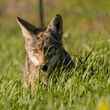
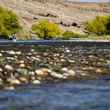





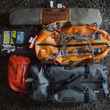



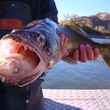
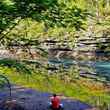



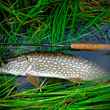
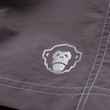




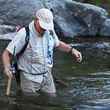

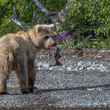
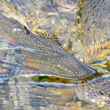
Comments
chuck Atkins replied on Permalink
sorry but...Wong again! I Fish every Spring on the flats of Lake Michigan when carp come into spawn. I catch them with Hex Nymphs ....nearnuff crayfish....and leech patterns. When the water is muddy they will hit things as big as a Meat Whistle! When they are in a huge school we pick them off the edges until they shut down. Then we rest them...go eat lunch...start over!
Pages